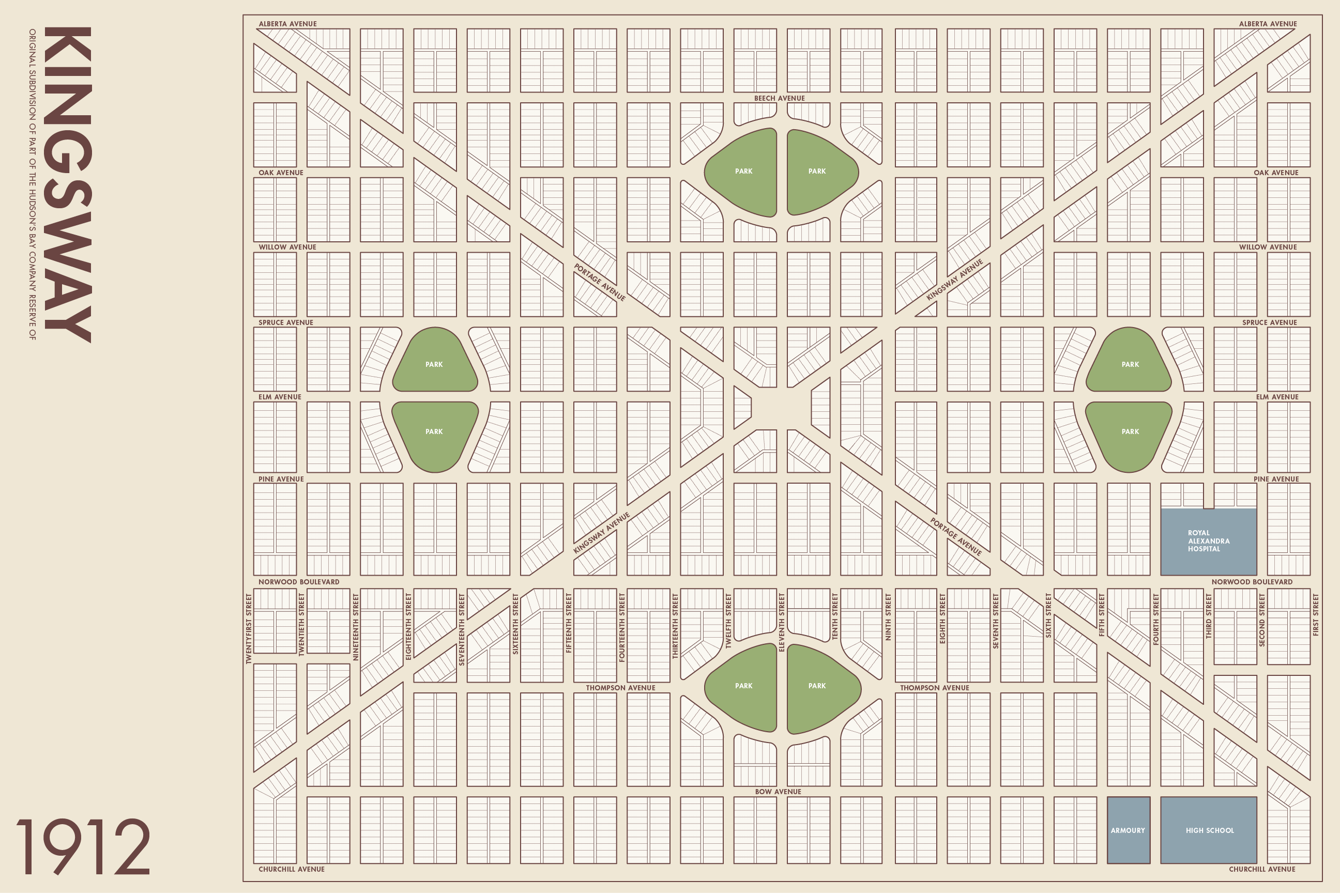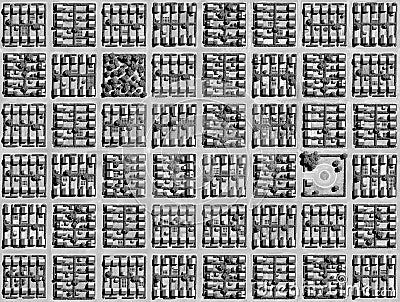


Using the terminology we defined earlier (“Anatomy of a Grid”), block grids are essentially a large rectangular area taking up most of the space inside a format.īlock grids are often used for extensive or continuous blocks of text, and can often be found in blog pages or posts. Block grids consist of a single column and can either include one single element or multiple elements arranged vertically, surrounded by margins. This includes web design, interaction design, and especially responsive design.īefore we discover how and why the grid-based layout is such a valuable asset to our design process as web creators, let’s delve even deeper into the tangible components that make up a grid system.īlock grids can also be referred to as single-column grids or manuscript grids, and are considered to be the simplest grid structure. That being said, there are many areas of modern-day design that depend and thrive on a grid-based layout. The concept of grid layouts originates in print design when they were used in the context of typography with the goal of arranging handwriting on paper, especially books and newspapers. Grids also define a consistent set of fixed units of measurement that dictate the sizing, spacing, and alignment that each design element must abide by. Grid systems serve as a systematic approach that allows designers to lay out elements in an organized manner, and provide a modular approach to designing components for multiple pages or layouts. Grids help split pages horizontally and vertically, using rows and columns.
Gridded plan windows#
As user flows often contain multiple screens or windows that repeat similar design schemes and layouts, grids ease the process of developing wireframes, templates, or standardized layouts for similar pages. When designing for web and mobile, the purpose of the pages or interfaces we design is to create various user flows. Once we have this structured framework in place, we can place text, images, and really any design element in a consistent, orderly way within the interface. Under Grid origin, enter x (horizontal) and y (vertical) coordinates for the point from which you want the grid to originate, and then click OK.Īlthough it's not possible to change the color of grid lines in Visio itself, you can make them easier to see by turning on high contrast mode in Windows.In terms of how it’s used in the web design process, the grid system helps align page elements based on sequential columns and rows. On the View tab, in the Show group, click the Ruler & Grid Dialog Box Launcher. You can, however, set the grid origin independently from the ruler zero point.

If you move the ruler zero point, the grid origin also moves. The grid origin is set to the same position as the ruler zero point. Enter the spacing distance that you want into the Minimum spacing boxes-the fixed grid won’t work without a number entered for Minimum Spacing.įor a variable grid, at Grid spacing, in the Horizontal and Vertical lists, click Fine, Normal, or Coarse. In the Ruler & Grid box, under Grid, in the Grid spacing lists, click Fixed. On the View tab, click the Show dialog box launcher. For example, with a fixed grid and Minimum spacing of 1 foot, the gridlines show 1-foot squares no matter how far in or out you zoom the drawing view. However, when the view is zoomed in, they appear 1 foot apart.įor some drawings, it might help you to have a fixed grid, which means the grid shows the same spacing regardless of magnification. Variable grid lines change as you zoom in or out of your drawing, and are useful when you want to align shapes precisely.įor example, these gridlines are set at Normal, and when zoomed out, appear 5 feet apart. Most of the templates in Microsoft Visio use a variable grid by default. Tip: The grid is not usually printed, but you can specify that you want it to print: right-click the page tab, click Page Setup, and on the Print Setup tab, select the Gridlines checkbox.


 0 kommentar(er)
0 kommentar(er)
